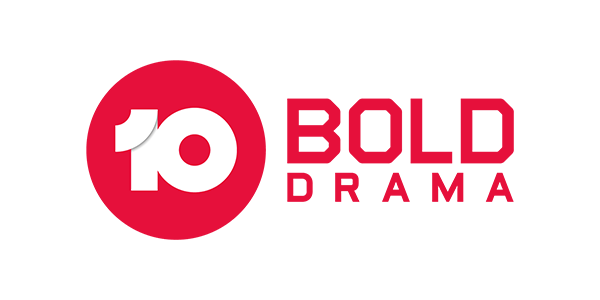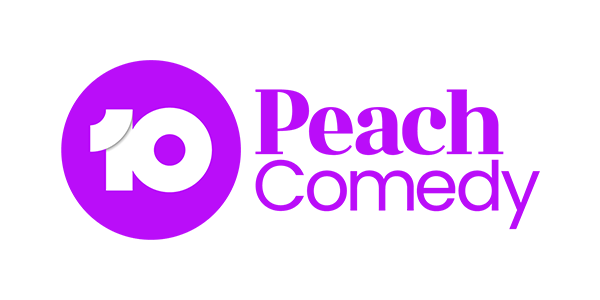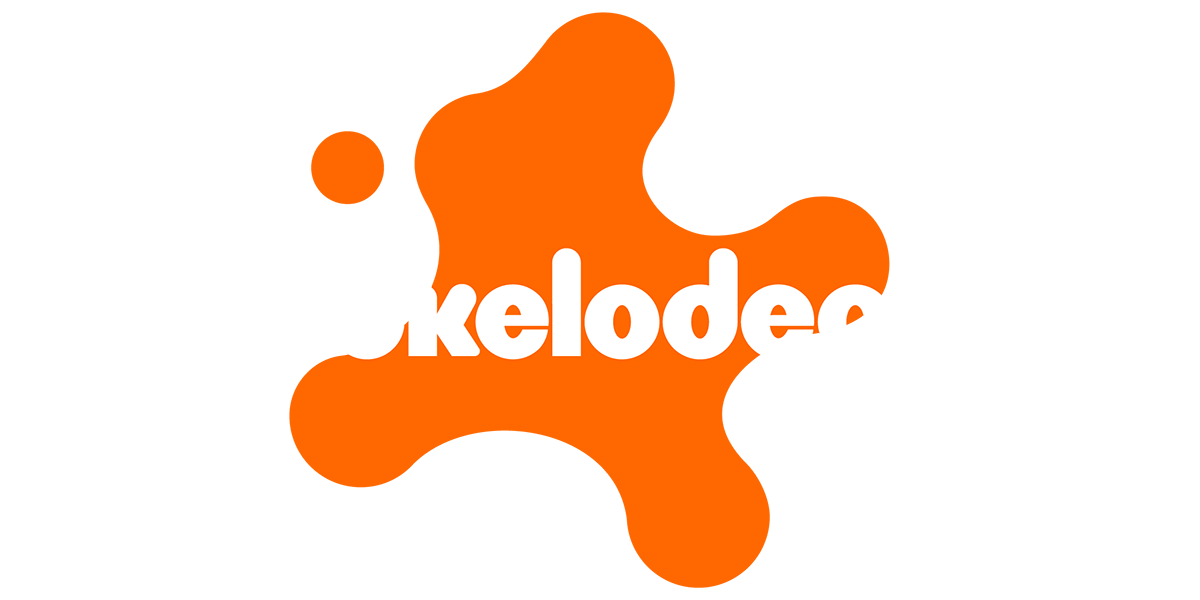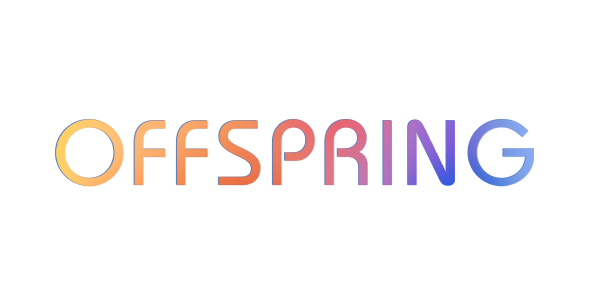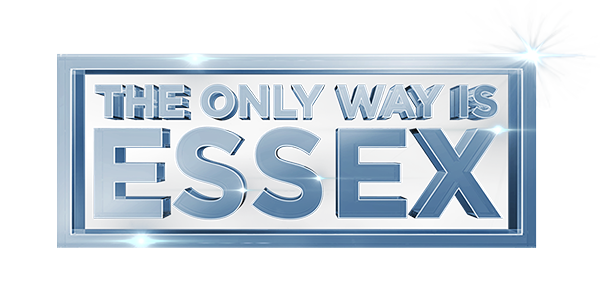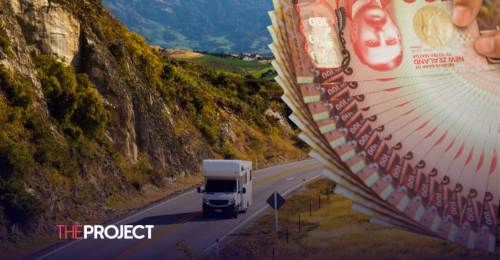The move isn’t being welcomed by all, as industry groups say it cements the nation "as one of the most expensive countries in the world for a holiday".
The international visitor levy (IVL) will be hiked from NZ$35 (AU$32) to NZ$100 (AU$92) from October under changes announced on Tuesday.
Australians and travellers from most Pacific nations are exempt from the IVL.
Introduced in 2019, the IVL is plugged back into tourism and conservation projects to support both the sector and the places visitors like to go.
"Increasing the IVL means we can continue to grow international tourism to support economic growth," Tourism Minister Matt Doocey said.
"(It ensures) international visitors contribute to high-value conservation areas and projects, such as supporting biodiversity in national parks."
The move follows recent shifts to promote New Zealand as a destination for bigger-spending tourists rather than backpackers or the locally-loathed "freedom campers".
Freedom campers are low-cost travellers who see New Zealand in self-contained vans, derided by tourism bosses for adding little to the economy but adding to pressures around attractions.
A price hike has been foreshadowed for months and was modelled in the government's budget to increase from $35 to $70.
After consultation, the government decided on the heftier hike, expected to net an extra NZ$127-173 million (AU$117-159 million) each year.
The government is also increasing fees for visitor visas, which the New Zealand Airports Association said would mean visitors pay between NZ$495-625 (AU$454-$A573) just to enter.
That figure combines the visitor visa fee, which went up 61 per cent to be NZ$341 (AU$313), the immigration levy, IVL, biosecurity, customs and aviation charges.
With AAP.

